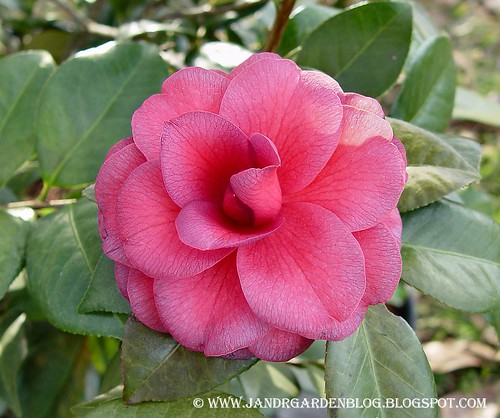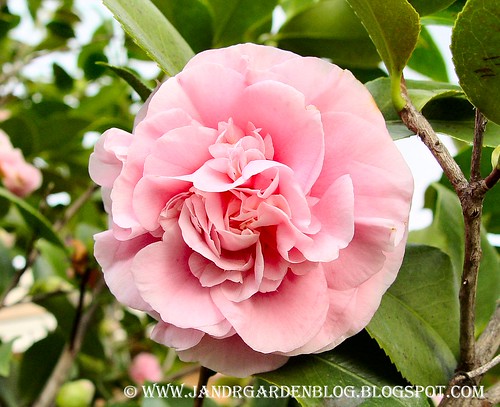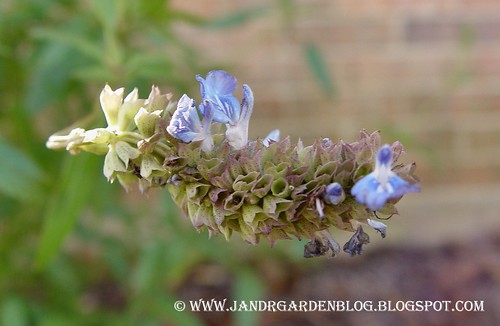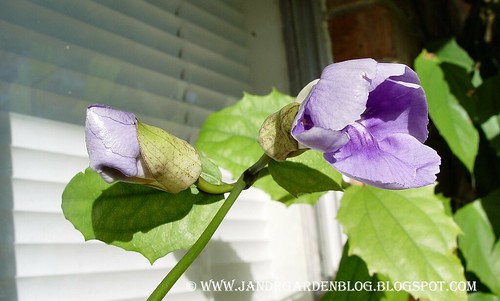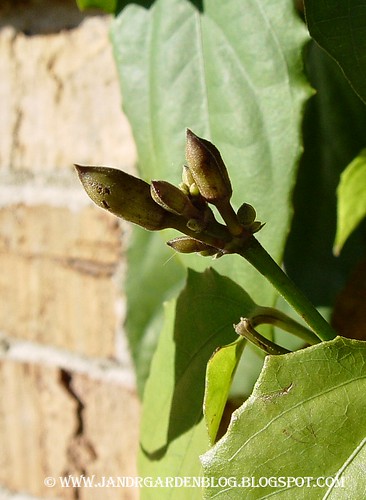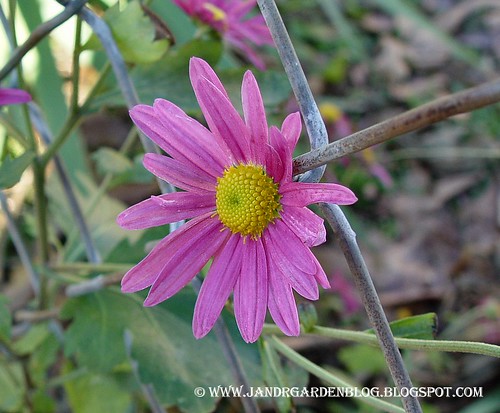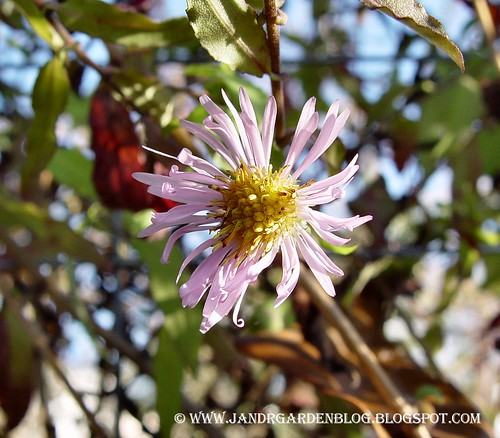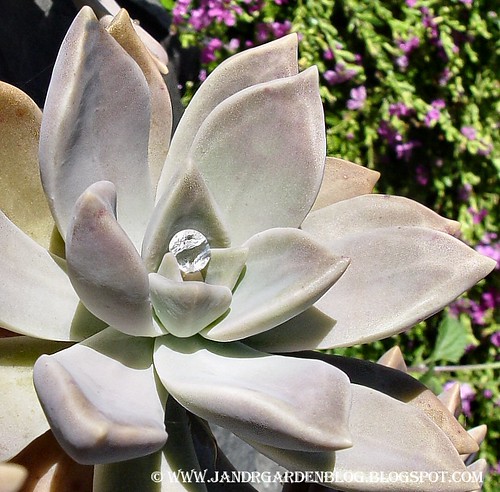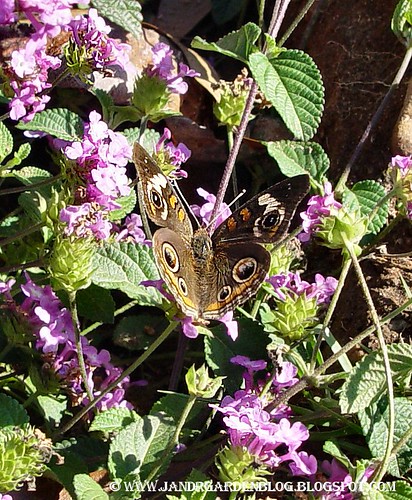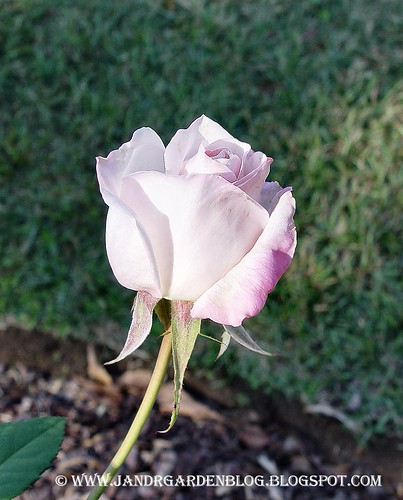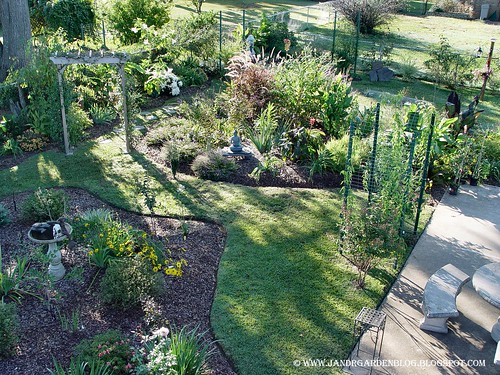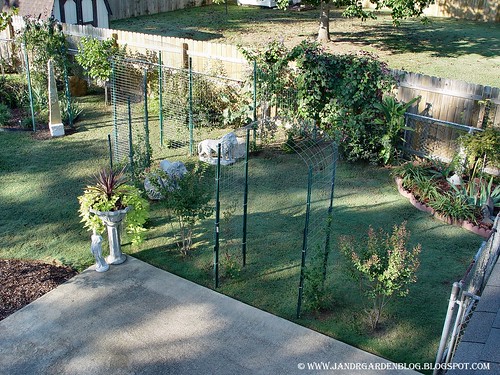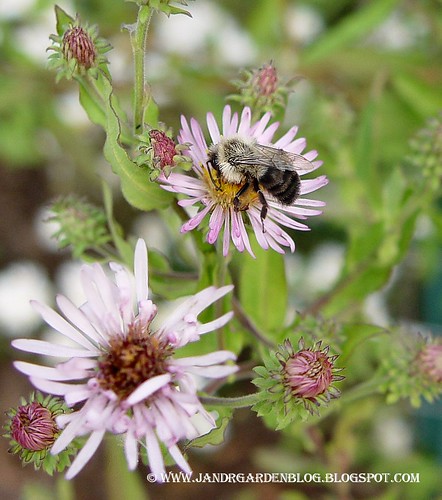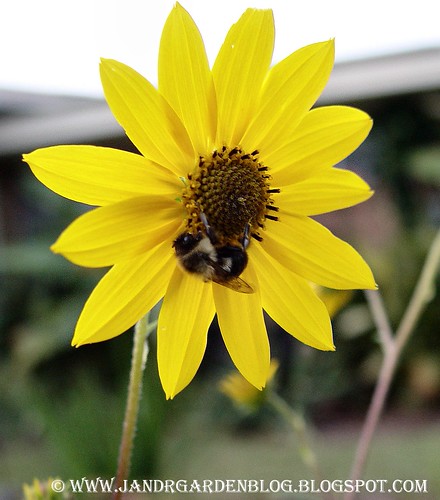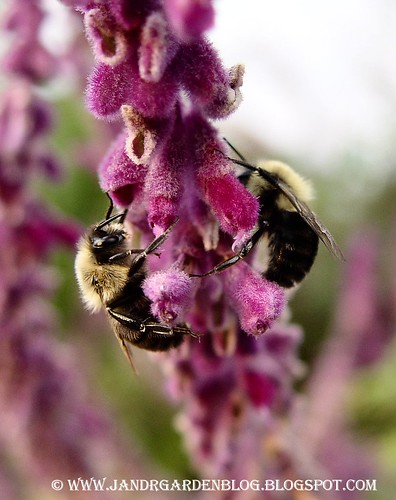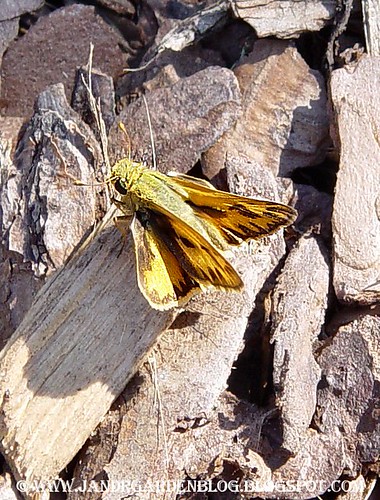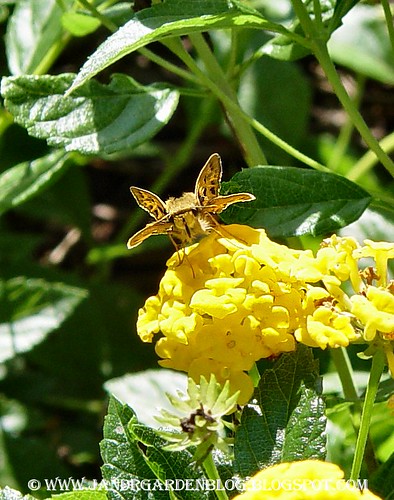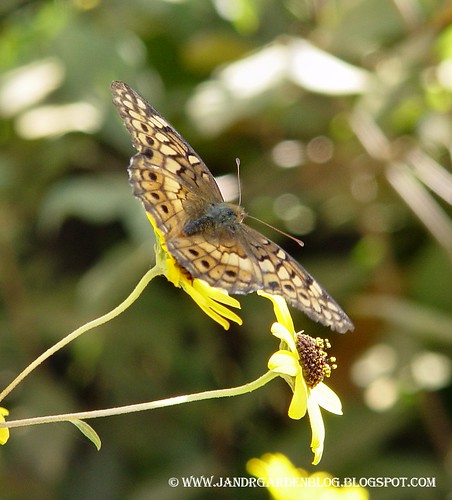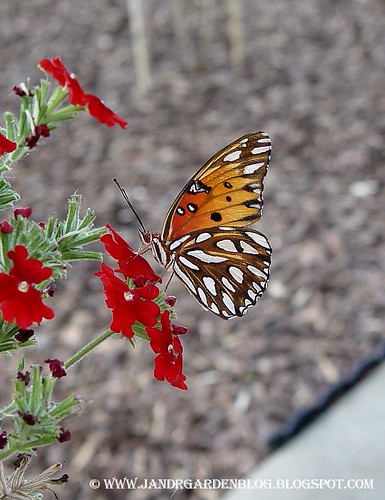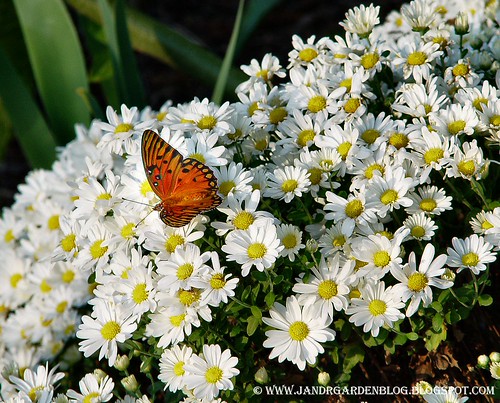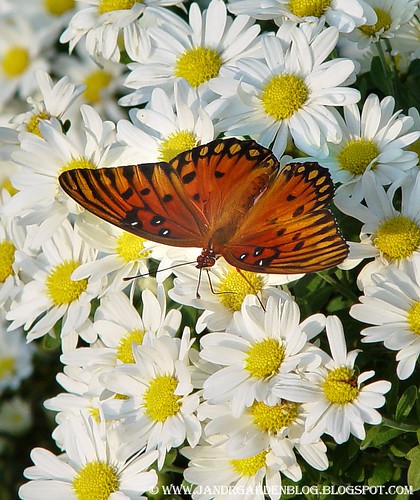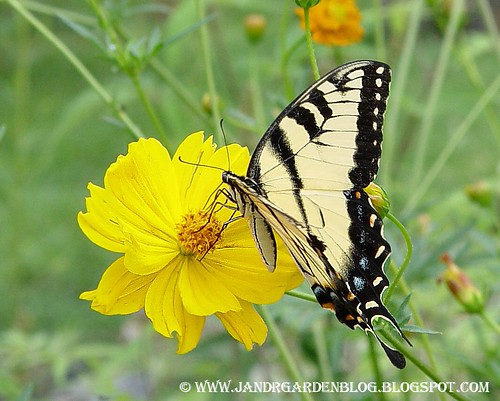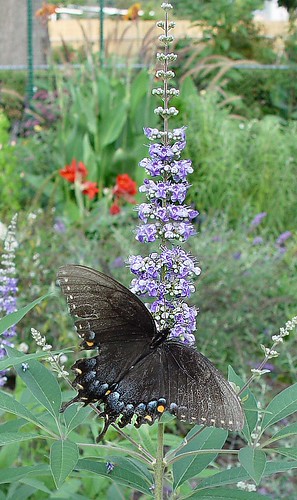I was having the most awful time getting into the Christmas spirit this year. Finally, last Friday it hit me as hard as if I had been run over by a herd of reindeer and I found it in the strangest of places. I was walking around taking pictures of the blooms for the last post and there they were... the Nandina berries. I’m not certain why they put me in the mood, but a warm feeling just poured right over me and I was finally ready to decorate. Maybe it was the combination of green and red.
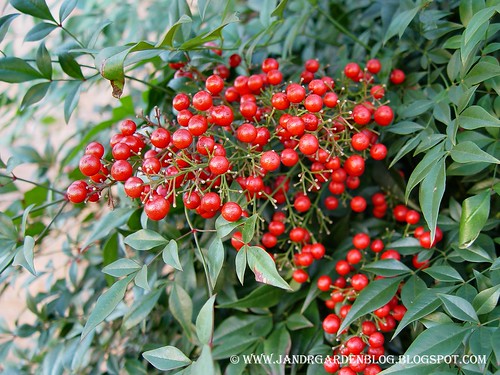
The minute Jamie walked thru the door that evening I told him of my plans for us to get started the next morning. Up into the attic I went to start dragging down the Christmas boxes. My goodness what a mess, there was all kinds of trash and stuff spread over every thing up there from replacing the roof this past February. Poor Jamie was showered with crud from every box I handed him. Before long the boxes were down and the Decorations were going up. I realize this isn’t a very garden like post, but we would like to welcome you into our home and share some of our decorations with you. Will you join us? Good! Grab your hot chocolate and get comfy.
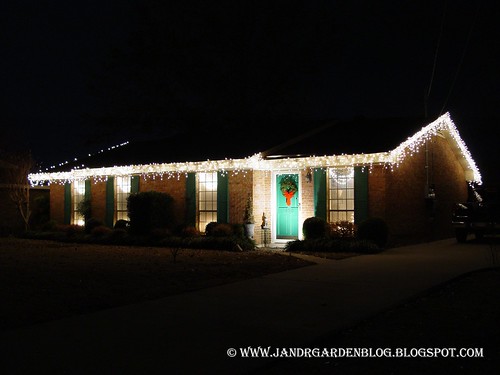
Jamie and I have a “Charlie Brown Christmas Tree” in the truest sense. I have no idea why I love this ratty old tree so much. Every year when we put it up it drops more needles than a real one would. When I was a little boy we always cut a fresh wild cedar tree two weeks before Christmas. I guess when I was about ten years old Momma and Daddy got our first artificial tree. It was a second hand one that came from elderly cousins of my father. They purchased it some time in the early 50’s. About three years ago Momma decided to toss and it and I rescued it from a trip to the local landfill. Every year Jamie and I giggle as we put it up; it really is very pitiful as far as standards go for artificial trees these days. It’s not that we couldn’t buy a new one, we just happen to like this one.

To work we go. Jamie always puts the lights on the tree because I have no patience for it. Do you have any idea how difficult it is to hang lights on a tree that only has 36 limbs and a top piece? Most especially when you like as many as we do, not to mention the holes have been so worn over the years the limbs hang from the tree like a loose tooth. We stick a gold ball here, a glass ornament there…
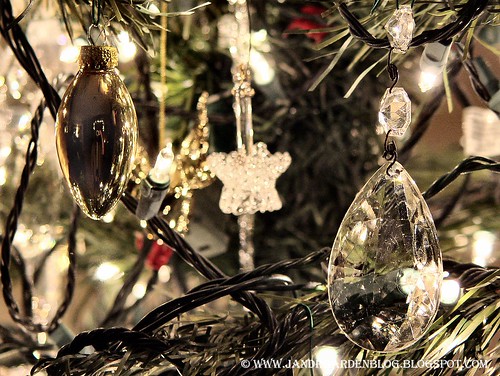
… a sparklie chandelier crystal here, here and here. These were a very special gift from two wonderful gardening
friends that lost their home in Katrina. These crystals were one of the few things they salvaged from the rubble of what was once their dream home.
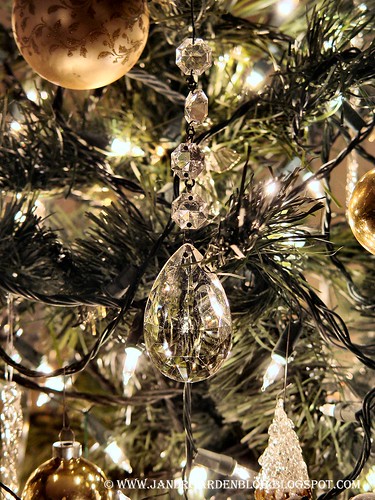
This is my most special ornament of all. This little snowman is the first Christmas gift I received from Jamie.

I try to buy Jamie a dove every year for Christmas. Last year I broke one, its okay, turns out it was a glass robin anyway, not a dove. So this year I owe him two!
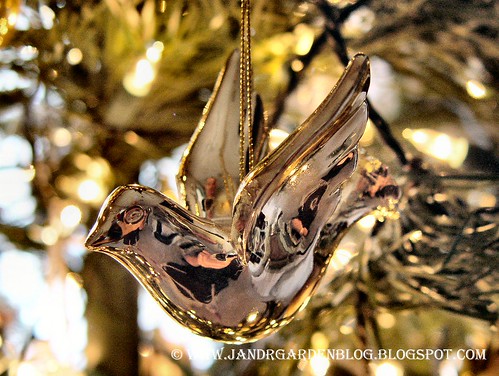

When all is said and done, our Charlie Brown Christmas tree becomes a beautiful shimmering masterpiece covered in hundreds of crystal and gold ornaments. This picture really does not do it justice. The large tree use to be put up in the piano room and wasn’t immediately visible when you enter the house. Once a friend of ours was commenting on a smaller tree that I put up, since it was the only visible tree he assumed it was THE tree. Upon turning to look behind him he saw the Charlie Brown tree and actually gasped in surprise. Everyone that enters the house always seems to be mesmerized by it once they see it. Even I have a hard time turning away from it, it’s like a seven foot diamond.

This smaller tree is decorated in a similar way, but not in such a grand manner.

We put a little garland above the door to the room where the piano is and also across the piano itself.

This is one of the reindeer we have, it’s also glass and gold, albeit frosted glass. There are several other reindeer through out the house. All of them are abstract in nature. You can also see part of my doorknob collection to the left. Why do I collect old doorknobs? I have no idea. Aunt Clara use to do it on ‘Bewitched’ and I always liked the idea of it. Remember her?

This is one of my feeble attempts at a little Christmassy arrangement. I thought it turned out pretty good.

I tried it again here with these old ornaments. This is all that’s left of my mother's original Christmas ornaments from 1954. The little tin star is over 50 years old and was the topper for our Christmas tree for more years than I’ve been alive. I rescued it from a tattered old box about two years ago. It’s amazing that a little piece of tin could hold so many memories and be so valuable to me. Isn’t it funny how our ideas of what is valuable changes as we get older.

I hope this finds you with your heart filled with Christmas spirit. It only comes once a year, grab your special someone and make it a memorable one. What brought you the Christmas spirit this year? Share it with all of us.
